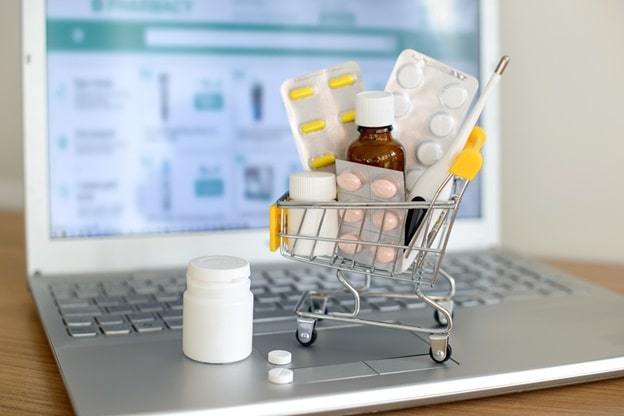The Internet has become an acceptable method of purchasing items and services during the last two decades. The online purchase of medicines is no exception. In addition to its advantages, the purchasing of pharmaceuticals outside the regular supply chain also involves many patient safety hazards. Although the web is available to thousands of online pharmacies, the exact market size remains unknown. Limited statistics are now available on the usage of internet pharmacies, the number and position of individuals who obtain medicines and other health items online.
Let’s see how Online Delivery Pharmacy is revolutionizing the original concept.
Grows in Digital Consumption, Follow-up Investments
Enhance adherence to medicines. Non-sticking is an out-of-control phenomenon, and 75% of Americans have problems taking drugs as advised. Annual US non-compliance has been ascribed to between $100 billion and $300 billion in preventable health care expenses. Thirty-six percent of Americans ignore necessary prescriptions during the 2019 coronavirus (COVID-19) epidemic. Patient contacts often begin when they pick up and end when they sign a bill. But what happens after that can be crucial to favorable patient results.
Want to Challenge the Industry in Digital Pharmacies
Yes, customers are trying to make things simpler. They want it to appear on their doorstep like everything else they buy. This is just part of the picture.
The market requirement is to be fulfilled by digital pharmacies. And there is a demand for multimedia. Older people might not be able to get to the pharmacy physically. It’s appealing to everyone.
Their appeal does not only involve metropolitan regions. There are more possibilities for those who live in cities and undoubtedly want the medicine. Rural patients, however, might find benefit in locations with limited access to pharmacies, particularly in pharmacy deserts.
The transition is consumer-driven, but the whole process is also revolutionized. The new pharmacies rely on automation, robots, and technology to make their distribution and insurance approvals more efficient.
It is not that retail pharmacies do not use these instruments. In some instances, they are. But the significant chains rely heavily on the experience in the shop. Independent pharmacies cannot invest in state-of-the-art technologies. They have connections in able to preserve customers.
Enlarging Care Access.
It was an estimated 100 million people living in what public health professionals have called “pharmacy deserts.” Before the epidemic, there was no access to pharmacies. COVID-19 has only worsened this tendency since failing companies have shut down. This also applies in metropolitan regions, with only last year in New York City 70 Duane Reade stores shutting their doors. Many people remain at home because of fears about COVID-19 tracking; it was never more difficult to reach patients and receive their medicines. Technology certainly played a part in bridging this divide, but even telehealth still fails to attain broad adoption. To show, 38% of Medicare beneficiaries are not prepared for video visiting, and the ratio is 32% even with social assistance.
Is the Emerging Hybrid Approach?
Are technology and personalization equivalent to the ultimate pharmacy of the future? Technology will allow them to minimize expenses and scale them up. Thus, pharmacists might have more time to develop contacts with patients and discuss their drugs and chronic diseases more closely.
In the next five years, who is going to dominate the market? For now, this is uncertain. Internal and external influences will influence the response. Regardless of the future appearance of pharmaceutical operations, data is still crucial to all of their actions, as are all pharmacies to meet their data management demands.


